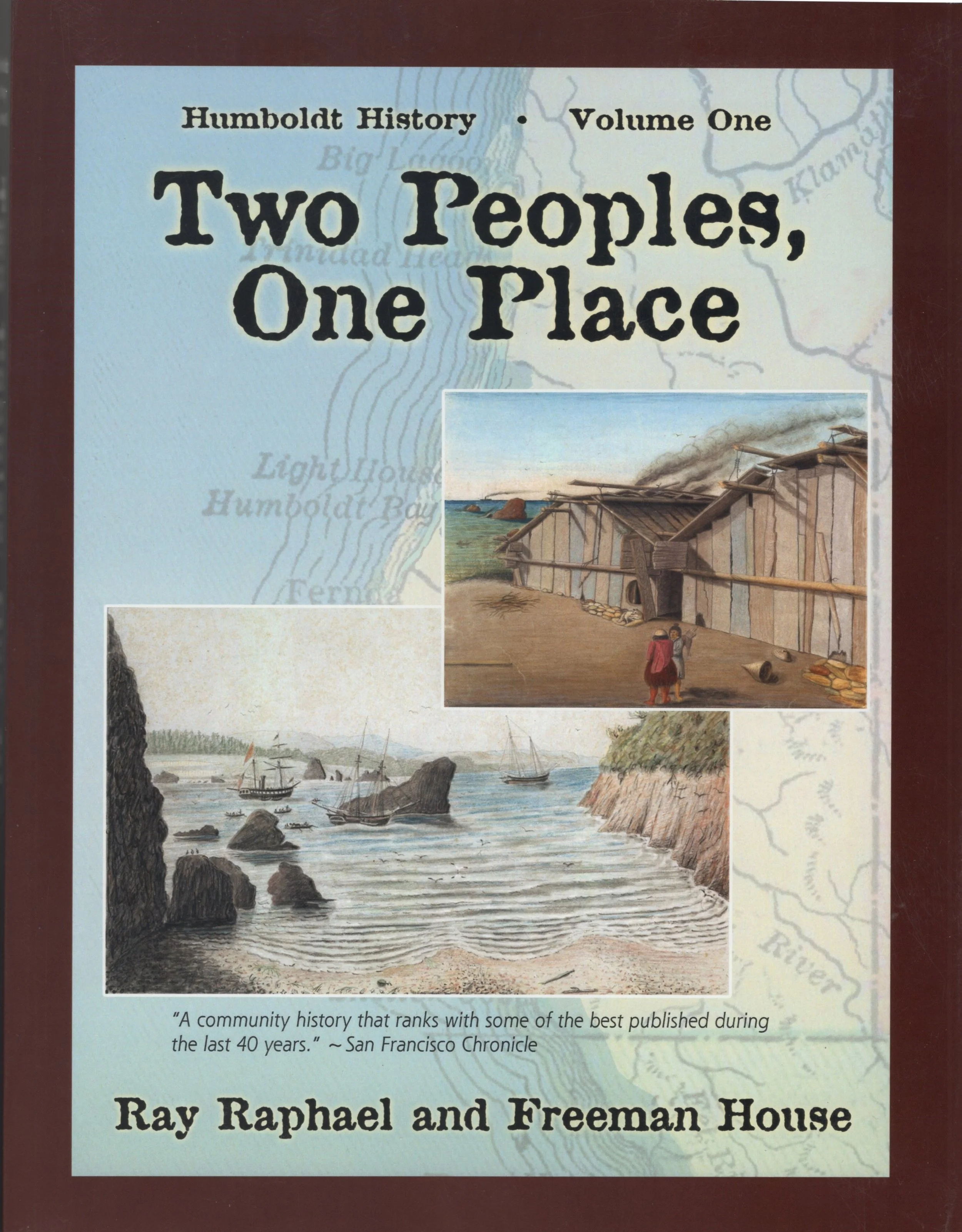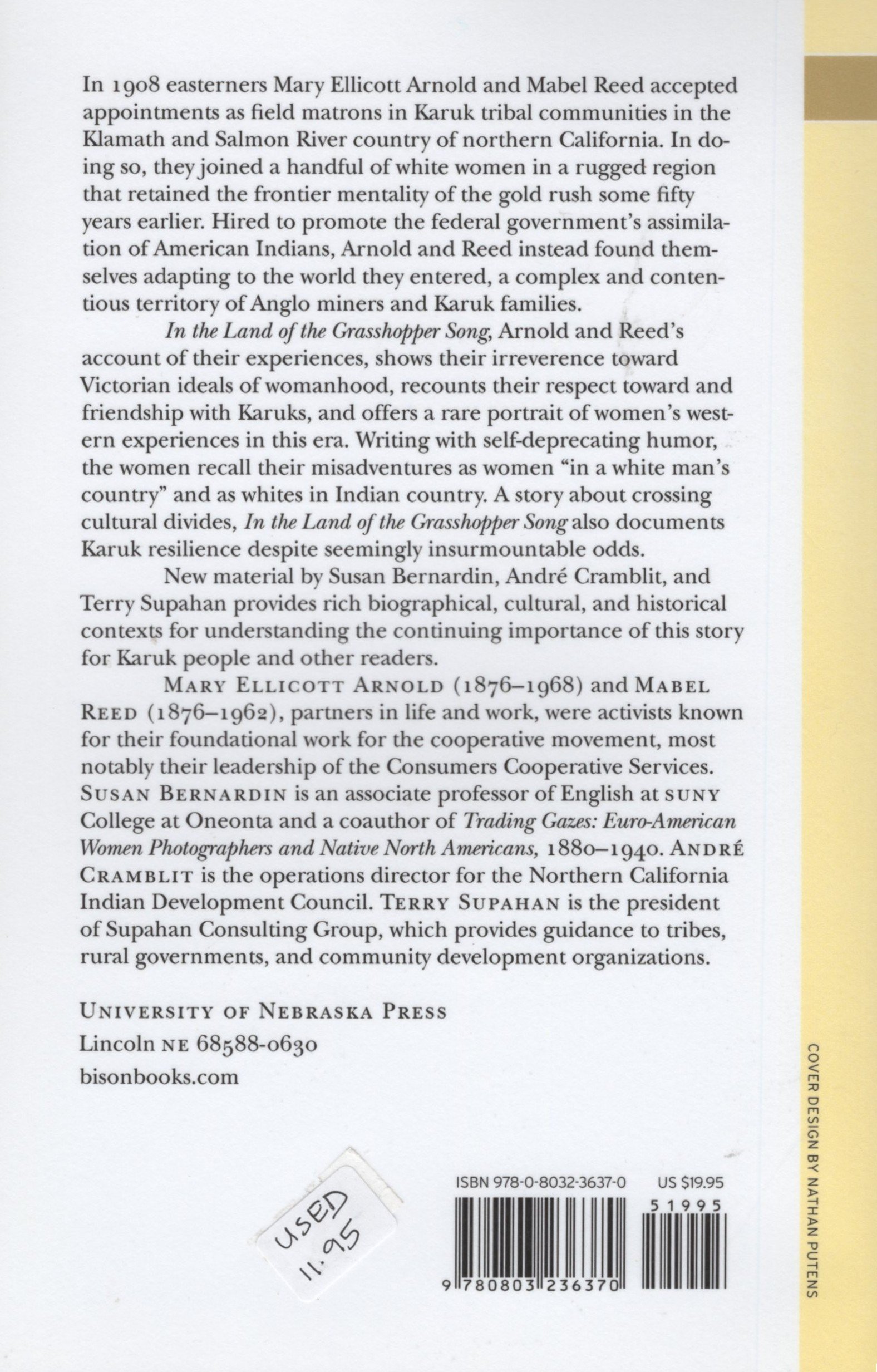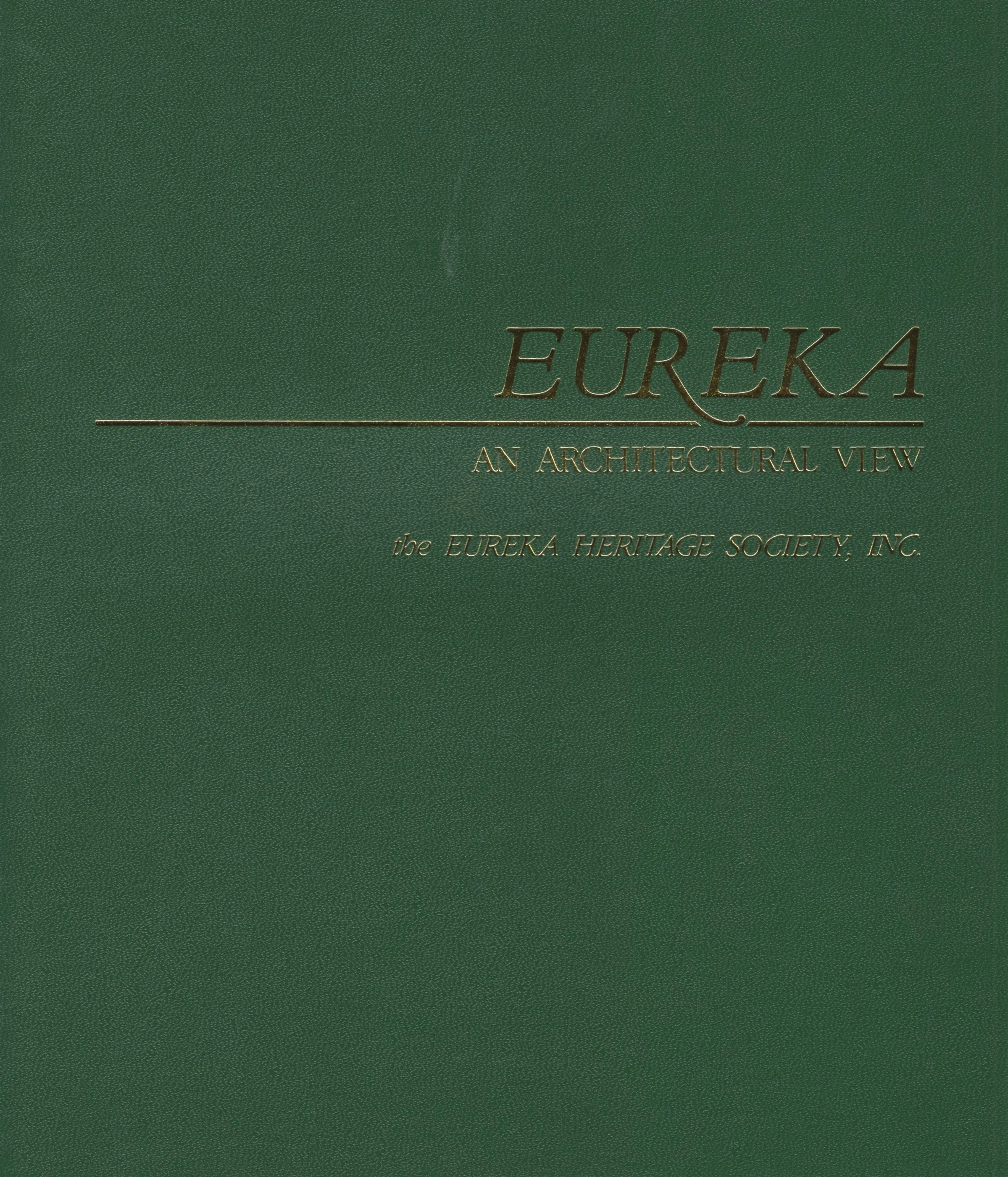Two Peoples, One Place


Two Peoples, One Place
Those of us interested in history soon learn that it is nearly impossible to synthesize the history of even a small community into a single book. Those books we carry at the Historical Society bookstore usually focus on one period or aspect of local history. Few authors can handle anything more in one volume. Ray Rafael and Freeman House pull it off in Two Peoples, One Place.
They are helped by the fact that this is a big book, some 360 pages enriched with many illustrations and maps. However, that does not explain the book review in the San Francisco Chronical calling this "a community history that ranks with some of the best published during the last 40 years."
The explanation is that these are knowledgeable historians with approachable style thoroughly presenting a fascinating and complex chunk of history. And by focusing on a limited span from "time immemorial" to 1882 they could manage all the intertwining historical elements.
The first portion of this book deals with the geologic and environmental nature of this area and the Indigenous people who claimed it for thousands of years. The archeological and cultural information is handled sensitively, emphasizing the Native ties to the land and the responses when other cultures imposed themselves. The early "discoveries" by the Russians and Spanish are presented followed by the tidal influx of Euro-American gold seekers and settlers and the near decimation of Native lives and cultures.
Those next decades are explored in refreshing variety, detailing business enterprises from timber to retail while highlighting notable characters and everyday people, major events and daily life as well as the persistence of native culture. Throughout the book, wonderful and varied illustrations give immediacy to the narrative, while the endnotes are incredibly useful.
It is impossible to summarize or properly praise this book in one short review. However the North Coast Journal did a good job in theirs. "A fascinating and incredibly well researched account of early life in our community. Everyone who lives here should have a copy of this book. Buy one for your neighbors, one for your kids' teachers, one for your school library, and stash one in your guest room to satisfy your friend's curiosity about how this place came to be."







